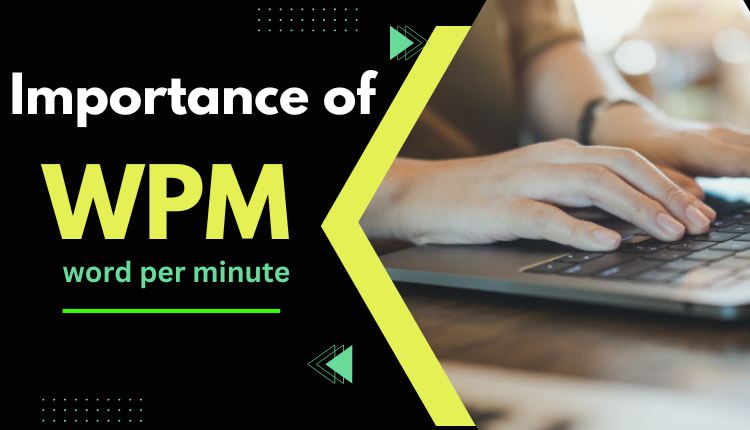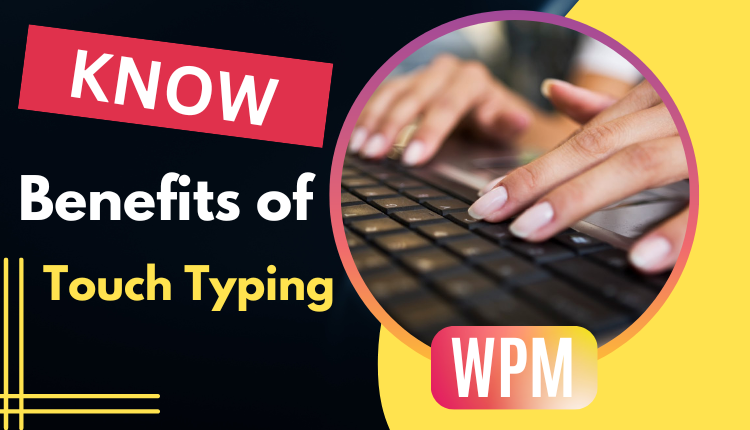
The speed at which you deliver your speech plays a great role in defining its impact. It influences the way your audience perceives your words. You are a great public speaker if you know how to alter your speaking speed in different situations to amplify the effect of your words.
WHAT IS WORDS PER MINUTE (WPM)?
There is a standard quantity to measure this speed of speaking, reading, or typing. It is known as words per minute (wpm).To be more precise, Words per minute or wpm is a measure of words processed in a minute.
There is no ideal speed that can fit in all situations. Many factors affect your speaking rate - audience, content, purpose, and many others.
SPEECH RATE ACCORDING TO WPMs
You cannot know if you are speaking too fast or too slow unless you know the standard speech rates. Speech rate is the speed at which you speak, and its unit is words per minute.
According to the standard speech rates:
- Slow: 110 wpm or less
- Conversational: 120 wpm - 150 wpm.
- Fast: 160 wpm or more
HOW TO CALCULATE YOUR WPM?
The best way to keep a check on your pace is by calculating the word per minute. There are many ways to calculate wpm. The simplest one is -
Step 1- Keep a word count of your speech
Step 2 - Record yourself while speaking it.
Step 3 - Speaking Rate (wpm) = Total words / Number of minutes
This method will get you your wpm. Now, you can choose a pace that helps you in fulfilling the purpose of your speech.
WHY IS IT IMPORTANT?
A track of Words per minute helps you keep a check on your speed. You will be able to work on your speed only when you are aware of it.
Communication ends only when the speaker's message is successfully received and understood by the listener, and speed plays an important role in making that happen.
If you are a beginner, you are more prone to speaking fast because you might be nervous and under pressure.
It does not leave the audience with enough time to absorb your words thus, leading to confusion.
At the same time, if you speak too slowly, I'm afraid you'll only have sleepy heads for your audience. I'm sure you wouldn't want any of the two cases to happen.
Therefore, you should be able to police your speed according to the situation.
Also, do not stress yourself too much in trying to master this art of pacing in one day. It comes with years and years of experience and with practice.
However, when you find yourself in different and challenging situations, you will eventually learn to use your speed as a tool to create impact.
BENEFITS OF TOUCH TYPING SKILLS

It is safe to assume that many of the people looking for help on sites like this are two-fingers or hunt-and-peck typists. While many people exist perfectly well this way, touch typing offers avenues that cannot be attained by hunt-and-peck typing. Here, we’ll list for you some of the many benefits of touch typing.
Advantages of Touch Typing Skills
1. Speed. This is going to be the first and most obvious benefit of learning to touch type. A touch typist can easily reach typing speeds above 75-80 words per minute, while a hunt-and-peck typist would be hard-pressed to reach 30 words per minute.
This is also increased by the fact that an accomplished touch typist doesn’t have to look at the keyboard. It is difficult to type something while reading it if you have to look down at the keyboard every other stroke to find your next key.
2. Accuracy. One of the most important things to learn no matter how hard you type is to type accurately. Ask anyone who’s ever played a multi-player online game, and they’ll tell you how important it is to be able to type quickly and accurately.
No one is going to be able to ride to your rescue if your typing skills are so atrocious that no one can understand what you’re saying.
3. Time. If you increase your typing speed from, say 30 words per minute to 60, you have effectively halved the time it would take you to do the same amount of work. An average two-finger typist, typing at...
for example, 15 words per minute(wpm), will type a 250-word section in about 17 minutes. A touch typist, on the other hand, typing at an average of 60 words per minute, can type the same section in around 4 minutes.
4. Fatigue. Typing is both mentally and physically exhausting to do for long periods. Learning to touch type properly reduces both mental and physical fatigue.
Mentally, it keeps you from having to focus on two things at once. All you have to worry about is your output, not finding the individual keys. Physically, it keeps you from constantly having to bend your head over the keyboard to find your next couple of keystrokes.
5. Health. Overall, touch typing is better for your health. You’re not hunched over looking at the keys, and using all of your fingers actually reduces the risk for repetitive stress injuries, or RSI. Many people who work on keyboards or with computers all day are at risk for these repetitive stress injuries.
6. Job Prospects. Typing is not an optional skill anymore. Many employers require computer skills and a certain typing speed to even be considered for some positions.
Needless to say, they aren’t looking for 20-30 word per minute hunt and peck typists. Learning to touch type, and to do so accurately, can be one of the most invaluable skills of your career.
7. Focus. When you’re typing with two fingers, your focus is split between finding the keys on the keyboard and the work you are doing on the computer.
Learning to touch type allows you to focus on one thing instead of two. This tends to increase productivity and make it easier to pay attention to the details of your project rather than having to focus on your keys.
8. Editing. If you spend your time staring at your keyboard, you are not going to notice spelling or grammar mistakes until well after you have made them.
Touch typing gives you the option of editing as you go. You’ll be able to see errors as they appear and backspace to fix them. This is also good for grammar mistakes, as what you see in your head may not sound as good on paper.
Touch typing may seem like it’s not worth the time, especially if you’re already confident in your hunt and peck skills. It is, however, one of the most valuable skills you can learn.
It may take a little more time than you would like, especially if you have a lifetime of bad habits to relearn, but in the end, a small investment of time will pay off in more ways than you can imagine.
This is just a basic list of the benefits of touch typing. There are many more out there to discover for anyone who wishes to learn.
